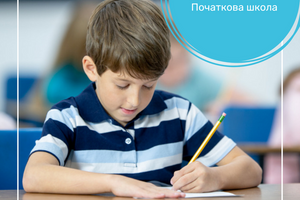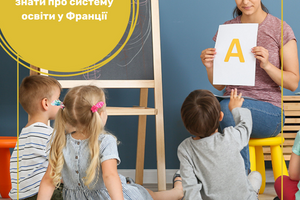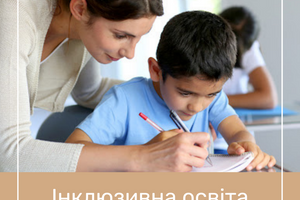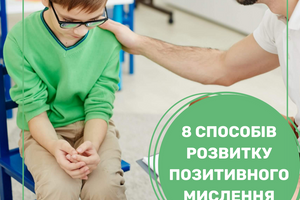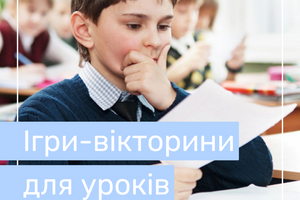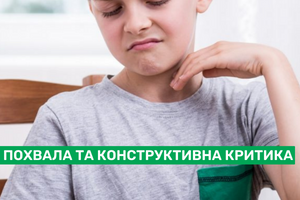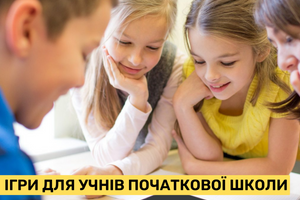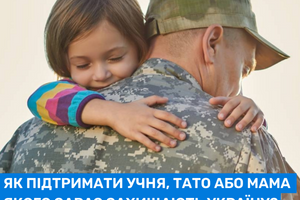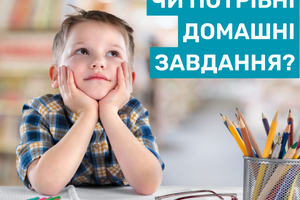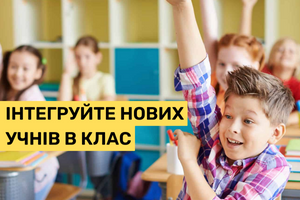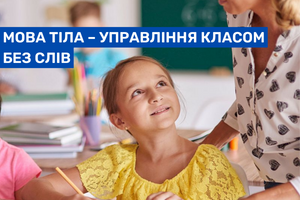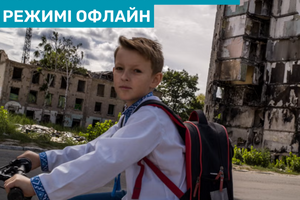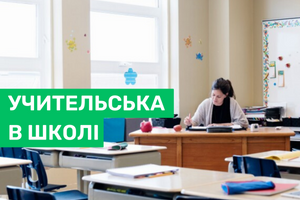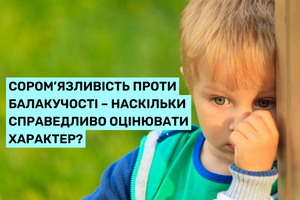When disagreements between children and youth go far beyond ordinary minor disputes, many of those affected, as well as parents and teachers, find themselves helpless .
Here you will find information on the topic of bullying, as well as advice on prevention and emergency measures against bullying.
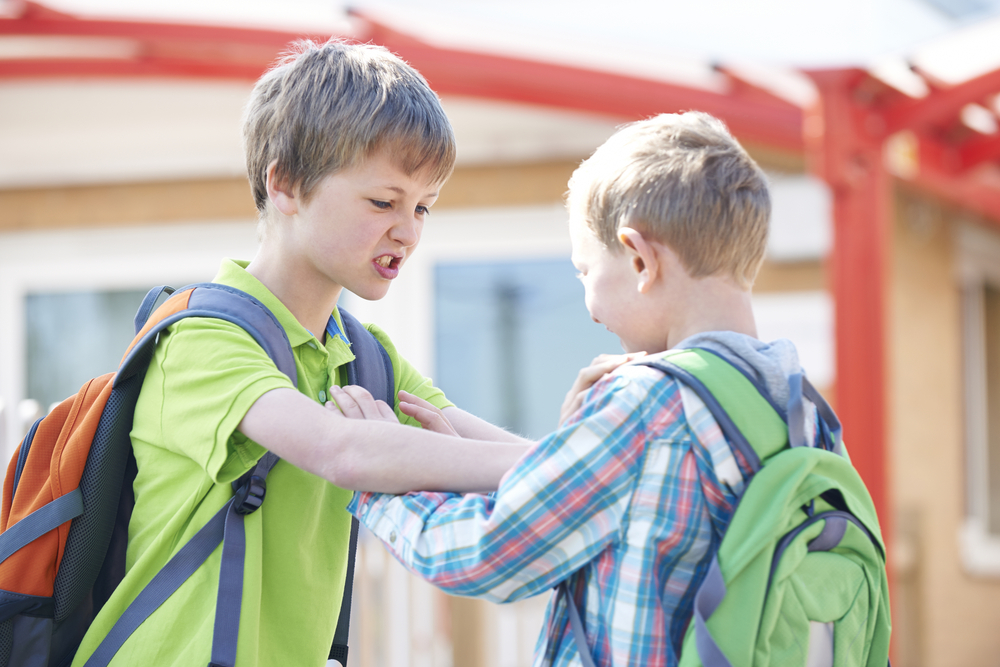
Content
Bullying is an old phenomenon with a new name
How to recognize bullying? Who is the victim, who is the culprit?
Consequences of bullying
Measures against bullying
Preventive actions
Measures against acute bullying
Bullying is an old phenomenon with a new name
Bullying occurs when attacks (verbal, non-verbal, physical, sexual or online) aimed at harming individual students continue over a long period of time and there is an imbalance of power between the parties.
The term was first used in the late 1970s by psychologist Heinz Leimann. During the 1990s there was a growing public understanding of appropriate processes in schools.
Bullying is a new word for an old phenomenon. However, the new definition had a positive effect: public perception led to the development of awareness of the problem and, as a result, more offers of help for those affected.
Victims of bullying can be subjected to both physical and psychological bullying. The damage caused by this type of psychological terror through lies, rumours, threats, insults and alienation can be at least as great as physical abuse.
The actions of bullies have no other purpose than to socially isolate their classmates and thereby "break them". It is usually difficult for victims to break free from the role of victim, as they are alone against the vast majority of abusers and "others" who watch silently.
And incidents of bullying in schools are not uncommon: a special PISA assessment of youth well-being published in 2017 found that around one in six 15-year-olds (15.7%) had to endure physical and psychological attacks from classmates on a regular basis.
This shows how important it is that bullying has become more publicly discussed and anti-bullying initiatives have started in recent years. In many schools, this topic has now also found its way into school lessons as part of the violence prevention unit.
How to recognize bullying? Who is the victim, who is the culprit?
It is often difficult for teachers to recognize bullying
Although all students in the class are generally aware that someone among them is being persecuted, it is difficult for you to notice such processes.
Criminals act when they do not have to expect punishment for their actions - that is, out of sight of the manager during breaks or on the way to school. Invisible communication structures at different levels make it difficult to clearly define bullying. Passive participants are confused, silent due to fear of abusers or because of the pleasure of watching.
Bullying happens at any age.
Motives of bullying
Motives for bullying range from boredom to anger and personal fears. Group dynamic factors and related jealousies, competitive thinking, the desire to improve one's own reputation in the group, or the arrival of new classmates are possible causes.
Who does this concern?
Anyone can become a victim of attacks, including popular students. In general, it can be said that a person who is bullied somehow radiates a vulnerability that is unconsciously perceived and used by others. Lack of self-confidence, looks, background, beliefs, lack of sportsmanship, ambitions, clothes, taste in music or hobbies are just some of the starting points for bullies.
What are the signs of bullying?
If you notice frequent absenteeism among students, wanting to be escorted to school, losing money or other personal belongings (theft by bullies), lack of concentration, sudden stuttering, nightmares, social isolation, or decreased performance, this may indicate bullying.
Consequences of bullying
You should take these signs seriously! If you and the parents do not intervene because you are helpless in the face of the situation or think it is exaggerated or the victim of bullying is too sensitive, the student may face the same suffering as in the case described at the beginning. The longer the bullying continues, the more difficult it is to reintegrate the affected person into the classroom community.
In addition to isolation and reduced work capacity, the consequences can also be poor health: the fear of being attacked leads to constant stress in victims of bullying and, as a result, to physical symptoms (headaches, stomach and back pain, loss of appetite, sleep disorders ), decreased self-confidence and depression up to suicidal thoughts and suicide.
Because affected people often blame themselves and feel shame, few students approach the teacher or other adults directly. This, as well as the fear of being loud in front of the class, makes it difficult to speak frankly. Therefore, in order to free students from the situation of bullying, it is especially important to make it clear that the blame never lies with the victims!
That is why it is so important that schools, teachers and parents take measures to prevent bullying!
Measures against bullying
If you suspect that a student is being bullied, or if you have been notified of bullying by students or classmates who have been bullied, act fast!
Early intervention can prevent the situation from affecting the classroom community and causing long-term personal damage to the victim of bullying.
The participants themselves struggle to find a way out of the situation and usually need outside help. The following list shows the next steps to take against bullying:
Lessons in the fight against bullying
Many schools are now implementing preventive measures against violence and bullying in the classroom.
In the projects, students learn to recognize their own desires and those of their friends, to cope with different expectations, and to form and maintain friendships according to their needs.
Such activities create a good school climate in which a constructive culture of discussion and debate can be cultivated.
Such educational work helps children not to remain helpless in situations of bullying, but to ask and accept advice and help from adults. In addition, potential criminals need to be shown the consequences of their actions for themselves and for their victims.
Suggestion box
These containers serve as a place to store mental stressful thoughts and feelings. Those affected can anonymously raise their concerns without face-to-face conversation.
Classroom research
Regular anonymous classroom climate surveys can provide clues about bullying and allow for early action.
Class rules
The rules of social interaction in the classroom make it easier for younger children, in particular, to maintain structures and communicate consciously with each other. Rules can be worked out together with the class.
WARNING! The above signs of bullying should not be taken lightly. Students' increased awareness of change also facilitates access to the child's soul. It feels that he is taken seriously and cared for.
Dispute resolution programs
The purpose of dispute resolution programs is to provide students with the opportunity to resolve conflicts independently and at an early stage, thus preventing conflicts from escalating. Stairs of peace
have proven their worth in elementary school: Peace Ladders empower students to resolve disputes and conflicts independently and fairly. The concept involves 4 stages of conflict resolution, which children who started a fight go through.
In high schools, students are often taught to be argumentative, and your job is to help resolve conflicts. If all parties agree, they seek a resolution of the dispute together.
The intervention program, also known as What We Can Do About Violence in Schools, includes a variety of preventive measures.
The approach is to see the cool atmosphere as a whole. The program is aimed not only at perpetrators and victims, but also at everyone involved in school life. It takes time initially, but in the long run it saves time and energy that would otherwise be spent on conflict resolution.
Measures against bullying are carried out at the school, class and personal level:
School level: Questionnaire on the topic of violence, a school day for all people involved in school life, a school conference where the implementation of the program is decided, recess supervision that punishes violations consistently and uniformly, a contact phone, increased cooperation between parents and teachers, teacher working groups for permanent consolidation and supervision of the program, working group of parents' councils
Grade level: good classroom management, classroom discussion of bullying, classroom rules, praise and consistent punishment for infractions, cooperative learning, role plays, educational films
Personal level: interviews with perpetrators and victims, as well as parents of concerned students, discussion groups for parents, use of pedagogical creativity and, as a last resort, change of school.
The program has 4 main rules:
1. Adults are role models and always intervene when bullying occurs.
2. There are clear rules about what behavior is unacceptable.
3. Violations will lead to consecutive consequences.
4. Everyone cares about each other.
The goal of the program is everyone's involvement and responsibility. This should improve the relationship with each other. Bullying doesn't go away, but by watching and not looking away, it doesn't go unnoticed and it becomes easier for victims to find support.
Several meta-studies have been able to demonstrate the effectiveness of the "What We Can Do About Violence in Schools" program. Success is connected primarily with long-term consolidation in school life and multi-stage activities.
Measures against acute bullying
A clear statement
If you suspect that there is bullying in the classroom, you must intervene immediately. Even if the victims and perpetrators are still unknown, the first steps should be education and confidence-building measures.
This is how you explain to your students that bullying is a serious offense that will not be tolerated! Establishing clear statements in the school's concept of unacceptable behavior and the consequences of infractions can help you as a teacher.
If the problem cannot be resolved immediately, the school administration should be consulted to plan the next course of action.
Confrontation of offenders
Parents should avoid contact with abusers. School management, teachers, parents' council or special counseling centers are the best contacts.
By showing the far-reaching consequences for those affected, an attempt should be made to change the perspective for students who do not actively participate, and ideally also for the perpetrators. Perpetrators need to be confronted and engaged in finding a solution – victims, perpetrators and those who do not actively participate need to find a way back into the classroom community.
Information about central reference centers
School Counseling Centers offer support for you and your students.
Some students find it difficult to ask for help from loved ones. Help can then come from central emergency services, which you can tell your students. In Ukraine, victims can call the public organization "La Strada - Ukraine" at the number 0 800 500 225 - for a landline phone (116 111 - for a mobile phone).
The Ministry of Justice of Ukraine advises to apply for legal advice at the single contact center for legal assistance at the number 0 800 213 103 (24/7 and free of charge within Ukraine). If a victim of bullying needs psychological help, it is worth contacting the National Children's "hotline" for children and parents on matters of protection of their rights at the number 116 111 (for calls from a mobile phone).
Online anti-bullying forums offer an opportunity to connect with other victims or former victims of bullying. Realizing that the problem is not just about you can help you regain confidence and release yourself from the role of victim.
Change school
Changing schools is usually not a realistic solution for bullied children. Failure to clarify the situation can leave behind feelings of complicity, as well as mistrust of new classmates.
You can strengthen your classroom with collaborative activities (group and project work) and collaborative activities. Be sure to be honest with your students, don't be biased, and don't make mindless jokes at their expense. Because teachers can also increase or even initiate bullying situations by their behavior!
However, a strong sense of community, a good classroom atmosphere and a more trusting relationship with you as a teacher is not a conducive environment for bullying!
Frequently Asked Questions
What is bullying?
Bullying is when negative actions with harmful intentions are repeated and carried out against students over a long period of time. There is an imbalance of power between criminals and victims.
What to do about bullying at school?
In acute cases of bullying, it is important to act as soon as possible to show that the bullying will have consequences for the perpetrator(s). Every school has bullying. Therefore, it makes sense to take preventive measures. Even they cannot completely prevent bullying, but they can reduce it and enable everyone involved to recognize and intervene.
What are the types of bullying?
verbal intimidation (threats and insults, for example, because of appearance, origin, behavior, status)
non-verbal/social bullying (exclusion, spreading rumours, negative gestures)
Physical abuse (pushing, hitting, kicking, including blackmail and theft)
cyberbullying
sexual harassment (harassment, sexist comments and touching)
Is school bullying a crime?
Contacting the police should only be a last resort if educational measures are not effective.










